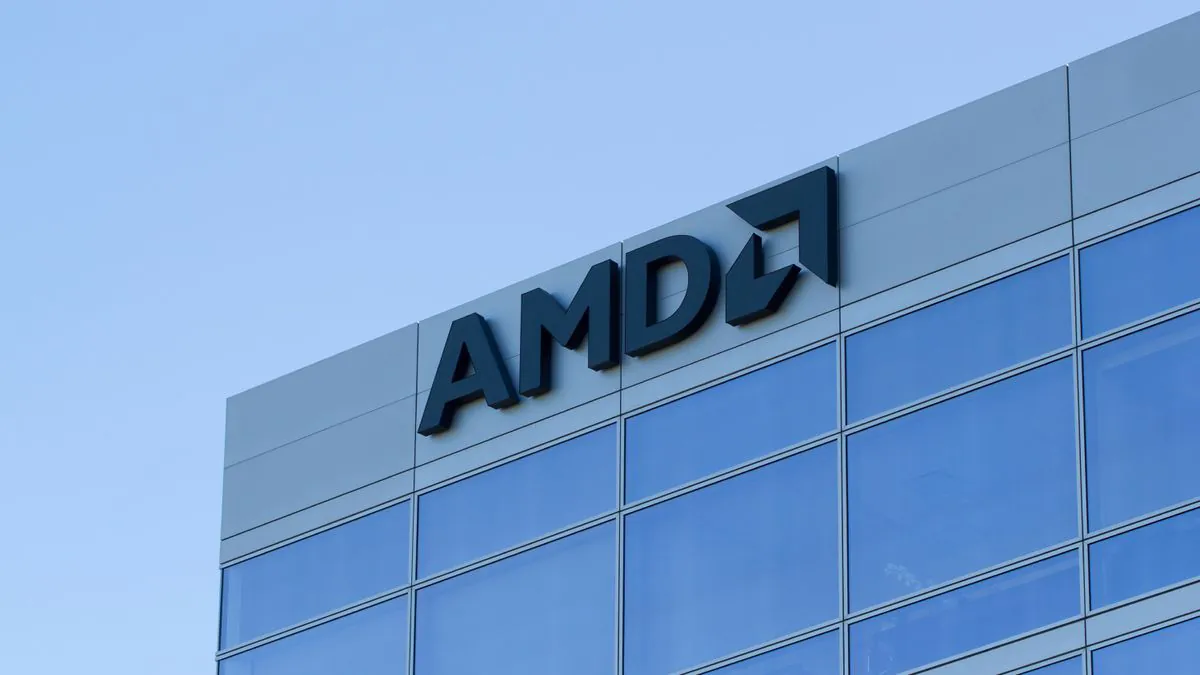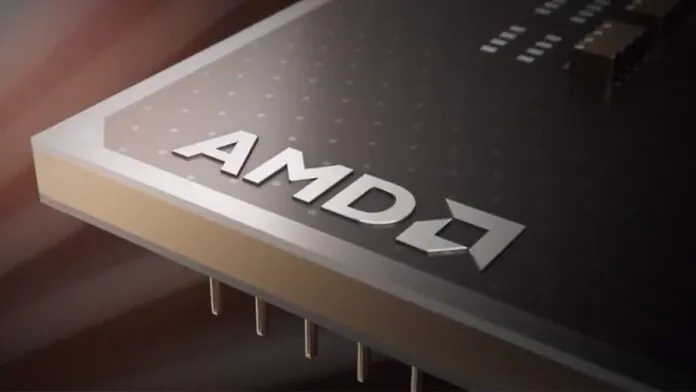© ROOT-NATION.com - Use of content is permitted with a backlink.
AMD FidelityFX Super Resolution released in 2021 is 2 years behind NVIDIA DLSS. The first generation of FSR was based on spatial scaling technology, which allowed many gamers to take advantage of simple scaling thanks to open source, multi-vendor and cross-platform support. FSR2 expanded this support by introducing a more sophisticated and better time scaling technique.
FSR is not an AI-based algorithm, so it does not require special AI kernels to work effectively. This is the main difference between DLSS and XeSS, which take advantage of AI to correct temporal artefacts. DLSS requires Tensor cores, while XeSS has two versions for GPUs with support for DP4a instructions and an XMX core-based implementation that offers better quality and performance.

It seems that AMD may be exploring the possibility of using AI algorithms to scale them, as hinted by Mark Papermaster (CTO of AMD):
2024 is a giant year for us because we’ve spent so many years on our AI hardware and software capabilities. We’ve just finished bringing AI to our entire portfolio, so you know that’s cloud, edge, PC, and our embedded and gaming devices. We’re empowering our gaming devices with AI, and 2024 is a really big year for AI. So now we have all the possibilities for that.
According to Papermaster, there is a possibility that the company is considering integrating AI into the scaling process. There is no direct mention of FSR in this statement. However, given that Papermaster discussed the games, it does bring attention to FSR. If FSR gets AI support, it will put it on par with DLSS and XeSS.
Since both competing technologies are closed-source, it is unknown to what extent AI is being used. For all we know, AMD’s plans may also aim to use a machine learning algorithm that removes artefacts like in DLSS 2.
Read also:
- AMD Anti-Lag+ technology will soon be available again
- AMD Instinct MI300X AI and HPC accelerator starts shipping


